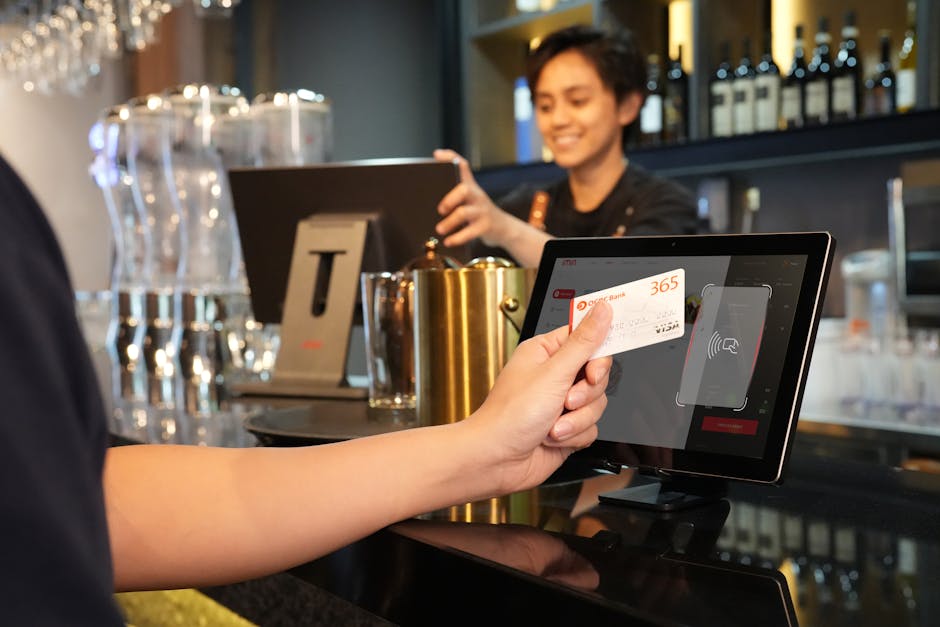Understanding Transaction Data Security An Overview
Understanding Transaction Data Security An Overview
Blog Article

In an increasingly digital world, the security of transaction data has become a paramount concern for businesses and consumers alike. As online transactions continue to rise, ensuring the integrity and confidentiality of sensitive information is critical. transaction data security involves protecting details such as credit card numbers, personal identification, and other financial information from unauthorized access, fraud, and breaches. By understanding and implementing robust security measures, organizations can build trust with their customers and minimize the risks associated with online transactions.
Understanding Transaction Data Security: An Overview
Transaction data security encompasses a range of practices and technologies designed to safeguard financial information during the transaction process. It includes everything from secure payment processing to the encryption of sensitive data. The importance of transaction data security cannot be overstated; breaches can lead to significant financial losses, damage to brand reputation, and legal ramifications. Customers are more likely to engage with businesses that prioritize their data security, making it a crucial aspect of customer relations and trust.
Best Practices for Protecting Transaction Data
To effectively protect transaction data, organizations should adopt several best practices that are widely recognized in the industry:
Encryption
Encryption is perhaps the most vital component of transaction data security. By converting sensitive information into a coded format, encryption ensures that even if data is intercepted, it cannot be easily read or utilized by unauthorized parties. Implementing strong encryption protocols for data in transit and at rest is essential for safeguarding transaction details.
Secure Payment Gateways
Using secure payment gateways is another critical measure. These gateways act as intermediaries between the customer and the business, ensuring that transaction data is securely handled. When selecting a payment gateway, businesses should look for solutions that offer robust security features such as tokenization, which replaces sensitive data with non-sensitive equivalents, and fraud detection mechanisms to identify and prevent malicious activities.
User Authentication Methods
Implementing strong user authentication methods is essential for ensuring that only authorized individuals can access transaction data. Multi-factor authentication (MFA) is an effective approach that requires users to provide two or more verification factors to gain access. This could include something they know (a password), something they have (a mobile device), or something they are (biometric data). By adding layers of security, businesses can significantly reduce the risk of unauthorized access to sensitive information.
Regulatory Compliance and Standards in Data Security
In addition to adopting best practices, businesses must also navigate a complex landscape of regulatory compliance and standards that govern transaction data security. Compliance with regulations such as the Payment Card Industry Data Security Standard (PCI DSS) is crucial for organizations that handle credit card transactions. PCI DSS outlines a set of security standards designed to ensure that all companies that accept, process, store, or transmit credit card information maintain a secure environment.
Another significant regulation is the General Data Protection Regulation (GDPR), which establishes strict guidelines for data protection and privacy for individuals within the European Union. Understanding these regulations and integrating compliance into the transaction data security strategy is essential for avoiding penalties and maintaining customer trust.
Emerging Technologies and Trends in Transaction Data Security
The landscape of transaction data security is continually evolving, with new technologies and trends emerging to address ongoing challenges. Innovations such as blockchain technology offer promise for enhancing security by providing a decentralized and tamper-proof ledger for transactions. Additionally, artificial intelligence and machine learning are increasingly being utilized to identify patterns of fraudulent behavior and enhance security measures proactively.
Staying informed about these developments is crucial for businesses aiming to enhance their transaction data security. By adopting a proactive approach and continually evaluating security practices, organizations can better protect themselves and their customers against potential threats.
In conclusion, transaction data security is a vital component of conducting business in the digital age. By understanding the fundamental principles, implementing best practices, ensuring regulatory compliance, and staying abreast of emerging technologies, businesses can significantly enhance their security posture and foster trust with their customers.
For those interested in exploring portable payment solutions that prioritize the security of transaction data, consider learning more about [secure payment terminals](https://www.senraise.com/portable-pos-terminal.html), which can help streamline transactions while ensuring data integrity.
Report this page